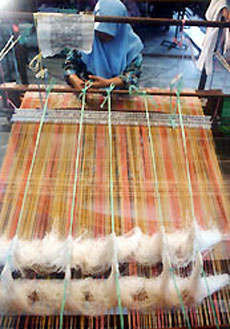Assalamualaikum,
My name is MUHAMAD TAUFIK BIN TAIP .I'm from POLITEKNIK KUCHING , SARAWAK.,I'm one of students thats taking DIPLOMA UKUR TANAH (DUT SECTION 1) and my registration number is 05DUT12 F1037 in Politekik Kuching.
 My purpose doing this blog,it's ONLY for my assignment for subject COMPUTER APPLICATION (BC 101) !
My purpose doing this blog,it's ONLY for my assignment for subject COMPUTER APPLICATION (BC 101) !*thats all for my blog !
nave a nice day, while ENJOY MY BLOg
 ????
????the link for more information !
.www.kelantan.gov.my
























